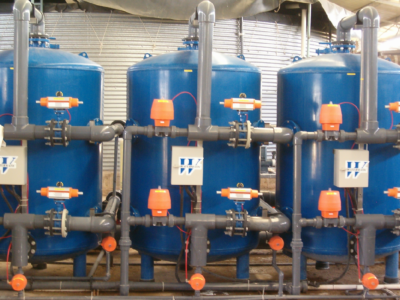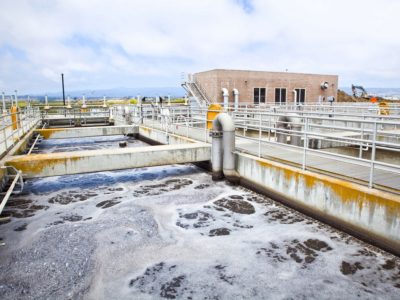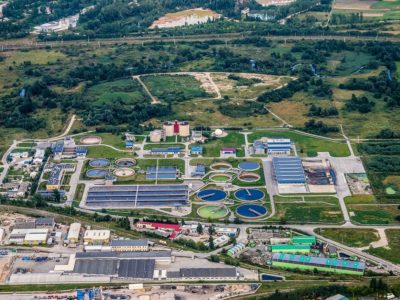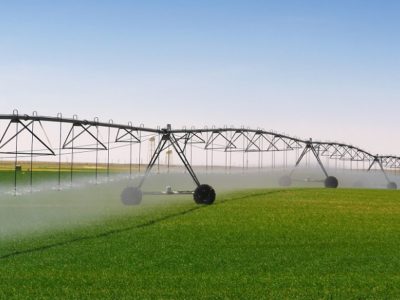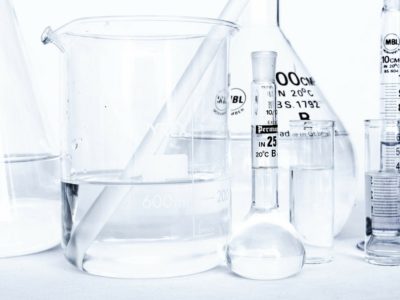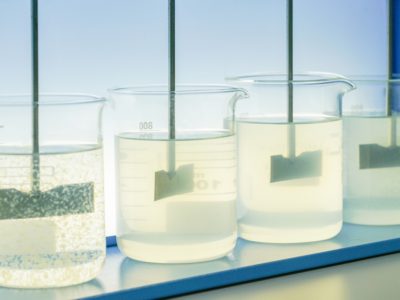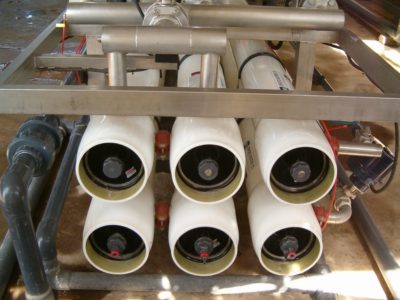Rapid sand filtration
In urban areas the slow sand filter simply occupies too much space. Therefore, rapid sand filtration has been developed and has become... Read More
Ion exchange
Ion exchange is a water treatment process used to remove undesirable ions from water and replace them with other, desirable ions. The... Read More
Activated sludge – primary Control parameters
Three major control parameters are used in the activated sludge process: F:M ratio (Food:Microorganisms ratio), CRT (Cell Residence Time) and RAS flow... Read More
The Activated Sludge Process
The primary treatment cannot remove all dissolved and fine colloidal organic matter. Therefore, a biological treatment is required for removing those remaining... Read More
Wastewater treatment
Wastewater treatment is a multi-stage water treatment, in which wastewater is cleaned before it is: Discharged to a body of water. Used... Read More
Irrigation water quality
The quality and composition of the irrigation water may affect plant development, soil structure and the irrigation system itself. Irrigation water quality... Read More
Water Disinfection Byproducts (DBP)
The use of some disinfectants, such as chlorine, results in the formation of byproducts, many of them are considered carcinogenic. Disinfection byproducts... Read More
Activated carbon in water treatment
Water treatment with activated carbon is an adsorption process, in which impurities are trapped, by adsorption, on the surface of the carbon... Read More
Coagulation in water treatment
Water and wastewater may contain suspended and dissolved impurities that must be removed in order to meet certain water quality criteria. These... Read More
Reverse osmosis – a sophisticated membrane filtration process
Reverse osmosis (RO) is a membrane filtration process. It removes dissolved salts, as well as viruses and bacteria. The particle size removed... Read More




